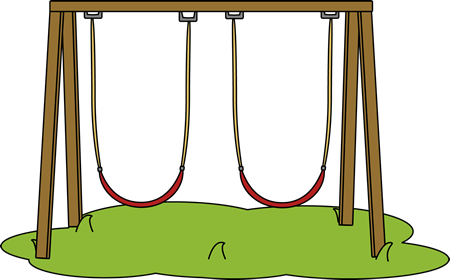The 3 Types of Swing 
11 March 2016
In Standard, Swing is what gives a couple strong and fluid movement. There are three types of Swing, and each of them generates movement in a different way. One of the largest differences between beginner dancers and advanced dancers is their mastery of this key principle in Ballroom Dancing, for without Swing, movement looks forced and choppy.
1: Pendular Swing
 When most people talk about Swing, this is what they mean. Pendular Swing is the swinging of the leg or the entire body like the pendulum of a grandfather clock, and just like a large pendulum, it is Rise and Fall that produces the Swing. From a high position, smooth lowering initiates the Swing (often called the Down Swing), from which it is redirected into a driving movement, and then finally the body continues to ride that energy into the next Rise (often called Up Swing). Both the Up Swing and the Down Swing are equally important. Many dancers neglect the Down Swing, which causes them to lack forward drive and makes their Up Swing appear forced and awkward. Pendular Swing is most characteristic of Waltz, but it also exists in Quickstep. In Foxtrot used to be danced without much Pendular Swing at all, and mostly Rotational Swing, but lately more and more Pendular Swing is being used in this dance as well.
When most people talk about Swing, this is what they mean. Pendular Swing is the swinging of the leg or the entire body like the pendulum of a grandfather clock, and just like a large pendulum, it is Rise and Fall that produces the Swing. From a high position, smooth lowering initiates the Swing (often called the Down Swing), from which it is redirected into a driving movement, and then finally the body continues to ride that energy into the next Rise (often called Up Swing). Both the Up Swing and the Down Swing are equally important. Many dancers neglect the Down Swing, which causes them to lack forward drive and makes their Up Swing appear forced and awkward. Pendular Swing is most characteristic of Waltz, but it also exists in Quickstep. In Foxtrot used to be danced without much Pendular Swing at all, and mostly Rotational Swing, but lately more and more Pendular Swing is being used in this dance as well.
2: Rotary Swing
Imagine you are holding a large sledge hammer, and you swing it like a baseball bat. After you finish your swing, the hammer continues to pull you through. This is known in Ballroom as Rotary Swing. Like all forms of Swing, Rotary Swing is used to generate momentum and progression down the floor, so just rotating alone doesn't cut it. Instead, you have to rotate and allow that rotation to generate movement. Foxtrot uses Rotary Swing all over, and it is a major source of confusion for beginners learning the Feather Step and the Three Step.

3: Metronomic Swing
 Just as the top of the metronome ticks back and forth while the base stays in place, so does Metronomic Swing affect your body. If you are standing perfectly straight, you cannot move anywhere. It is Metronomic Swing, a slight tilt of the top half of your body, that initiates all movements. Even when you begin to walk from standing still, the first thing that happens is that your body tilts slightly forward. In this sense, many don't even think about Metronomic Swing as a commencement for all movements, but this tilted feeling is used by itself to generate momentum in figures such as the Quickstep Six Quick Runs, and all Open Level Quickstep Runs in PP.
Just as the top of the metronome ticks back and forth while the base stays in place, so does Metronomic Swing affect your body. If you are standing perfectly straight, you cannot move anywhere. It is Metronomic Swing, a slight tilt of the top half of your body, that initiates all movements. Even when you begin to walk from standing still, the first thing that happens is that your body tilts slightly forward. In this sense, many don't even think about Metronomic Swing as a commencement for all movements, but this tilted feeling is used by itself to generate momentum in figures such as the Quickstep Six Quick Runs, and all Open Level Quickstep Runs in PP.
Combinations of Swing
Most figures don't use just one type of Swing, but a combination of them, if not all of them. Let's take the Waltz Natural Turn, for example. To commence movement, Metronomic Sway needs to be employed as the Fall occurs. Then it transitions into the Down Swing of Pendular Swing, and the Rotary Swing begins. The Rotary Swing and Pendular Swing work together to turn the couple as they begin to Rise, and then the energy of the Swing is dissipated through Rise and Sway.
Stay tuned for a future BGBB Post all about Sway, the other equally important half to Swing!